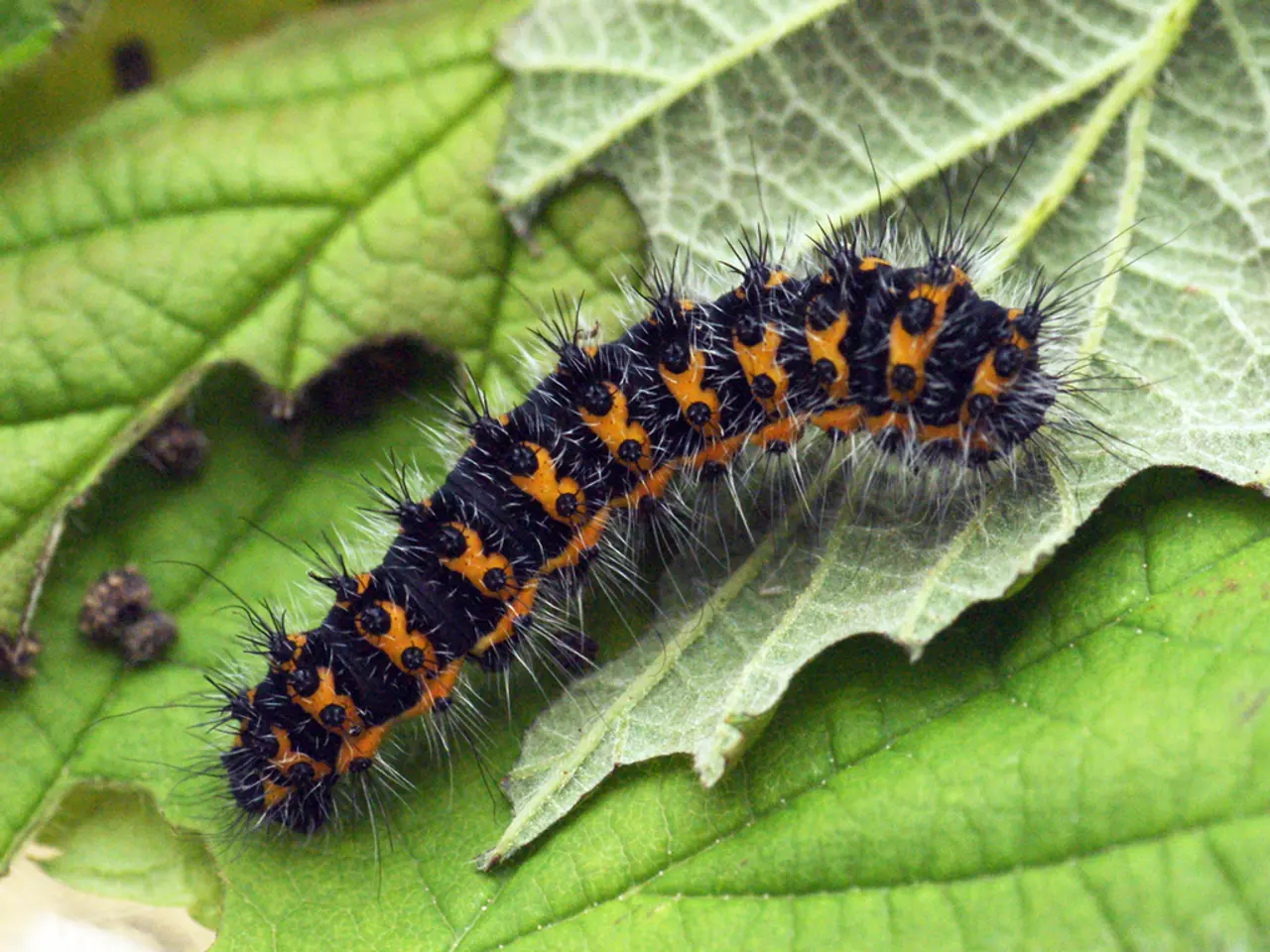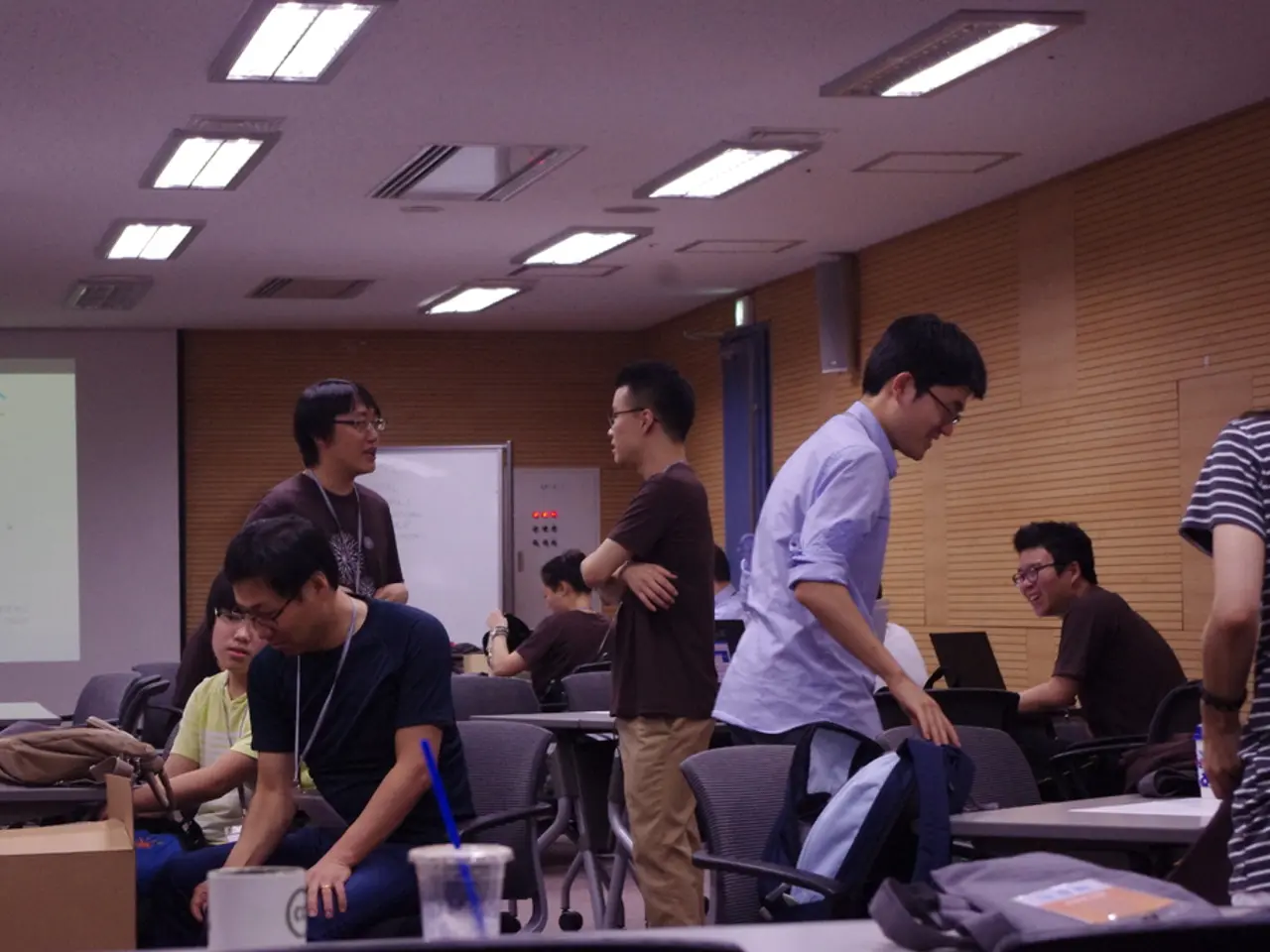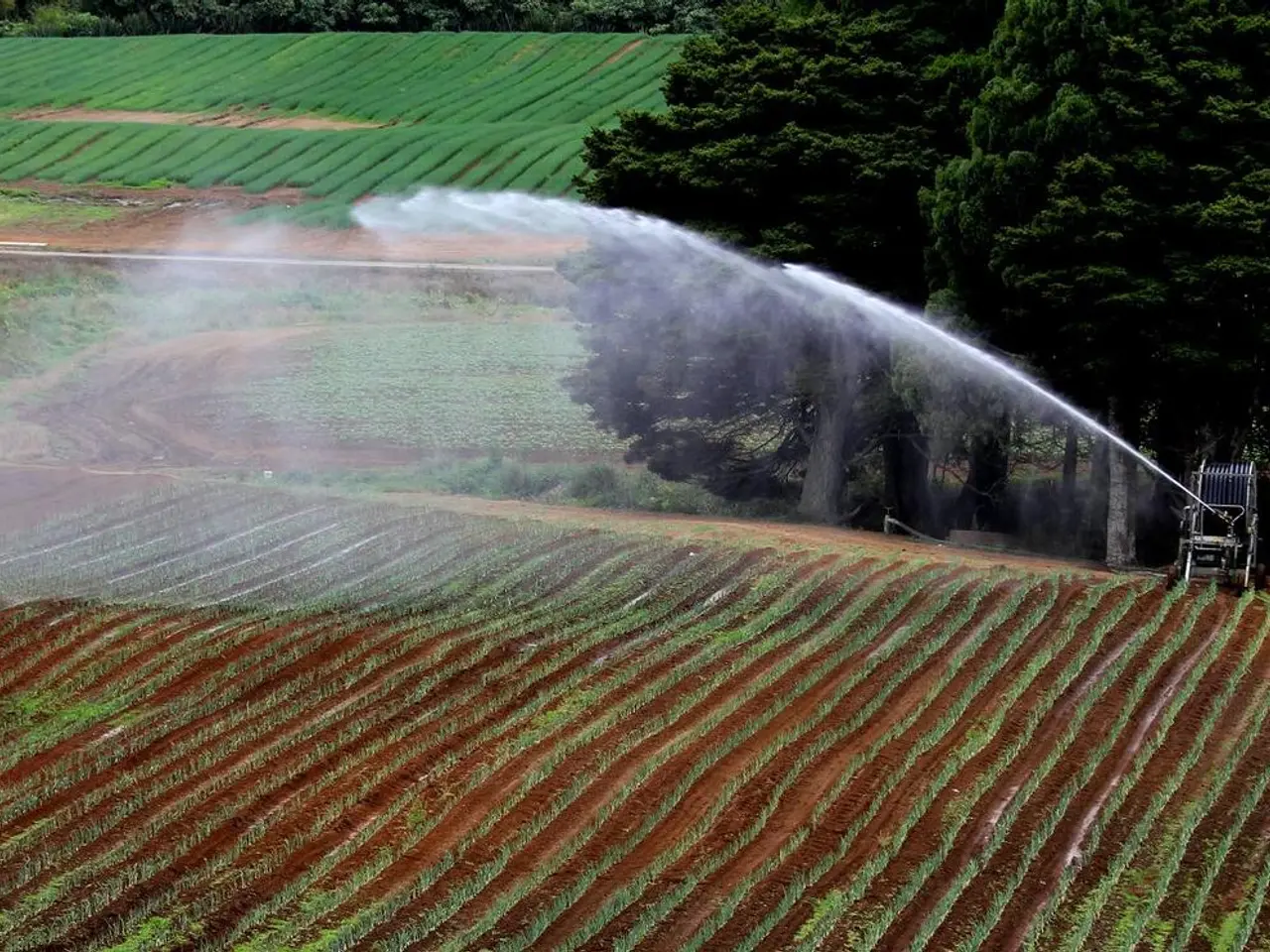Preserving Bonsai Leaves from Insect Invasion: Safeguarding Your Plants from Pest Infestations
In the world of bonsai cultivation, caterpillar infestations can pose a significant threat to the health and beauty of these delicate trees. However, with a few strategic steps, it is possible to effectively manage and control these pests.
**Early Detection and Monitoring**
Regularly inspect your bonsai for signs of caterpillar damage, such as chewed leaves or droppings. Early detection allows you to intervene before the infestation becomes severe.
**Manual Removal**
If the infestation is light, physically removing caterpillars by hand can be very effective. This method is safe and immediate, minimizing harm to your bonsai. Use a soft-bristled brush to gently sweep across the foliage, dislodging caterpillars from dense or hard-to-reach areas, or carefully pluck them using a pair of tweezers or small forceps.
**Biological Control with Bacillus thuringiensis (Bt)**
Use Bt, a naturally occurring bacterium, which targets caterpillar larvae specifically without harming beneficial insects, humans, or the environment. It is a safe and eco-friendly pesticide option for bonsai care.
**Maintain Overall Plant Health**
A healthy bonsai is more resistant to pests. Ensure proper watering, appropriate sunlight, and nutrient-rich soil to keep your bonsai vigorous. Prune dead or damaged branches to improve air circulation, which discourages pest infestations.
**Preventive Measures**
- Avoid introducing new plants that might harbour pests to your bonsai collection without quarantine. - Keep the bonsai's environment clean by removing fallen leaves and debris that might shelter caterpillars or their eggs.
**Preventing Caterpillar Infestations**
Implementing physical barriers, cultural practices, and biological controls can reduce the likelihood of caterpillar infestations. Use fine-mesh insect netting to drape over the bonsai, especially for young or sensitive trees, to prevent caterpillars from reaching the tree. Encourage ladybugs, lacewings, and parasitic wasps to visit the bonsai by planting a diverse range of flowers and herbs nearby. Creating a diverse and layered landscape with varying heights and textures can mimic natural habitats and attract beneficial insects.
**Attracting Natural Caterpillar Predators**
Creating a bird-friendly environment and incorporating ladybug-friendly plants can attract natural predators, such as birds and ladybugs. Offer bird-friendly treats, such as suet or sunflower seeds, to attract a variety of bird species to the bonsai environment. Incorporate ladybug-friendly plants, such as marigolds, cosmos, and dill, into the bonsai environment to entice these natural predators to visit and feast on caterpillars.
By combining these methods, you can effectively control caterpillar infestations while preserving the beauty and health of your bonsai trees. For a summary of the methods, refer to the table below:
| Method | Description | Benefits | |-------------------------|-------------------------------------------|-------------------------------------------| | Manual Removal | Handpicking caterpillars | Immediate and chemical-free | | Bt Application | Using Bacillus thuringiensis spray | Environmentally safe and target-specific | | Plant Health Management | Proper watering, pruning, and nutrition | Enhances bonsai resistance and vigor | | Environmental Hygiene | Remove debris, quarantine new plants | Reduces pest habitat and reinfestation |
Incorporating a diverse range of home-and-garden plants like marigolds, cosmos, and dill can attract natural caterpillar predators, helping in the management of potential infestations in your bonsai lifestyle. Additionally, maintaining a healthy bonsai is essential to its resistance against pests, ensuring proper watering, sunlight, and nutrient-rich soil.




